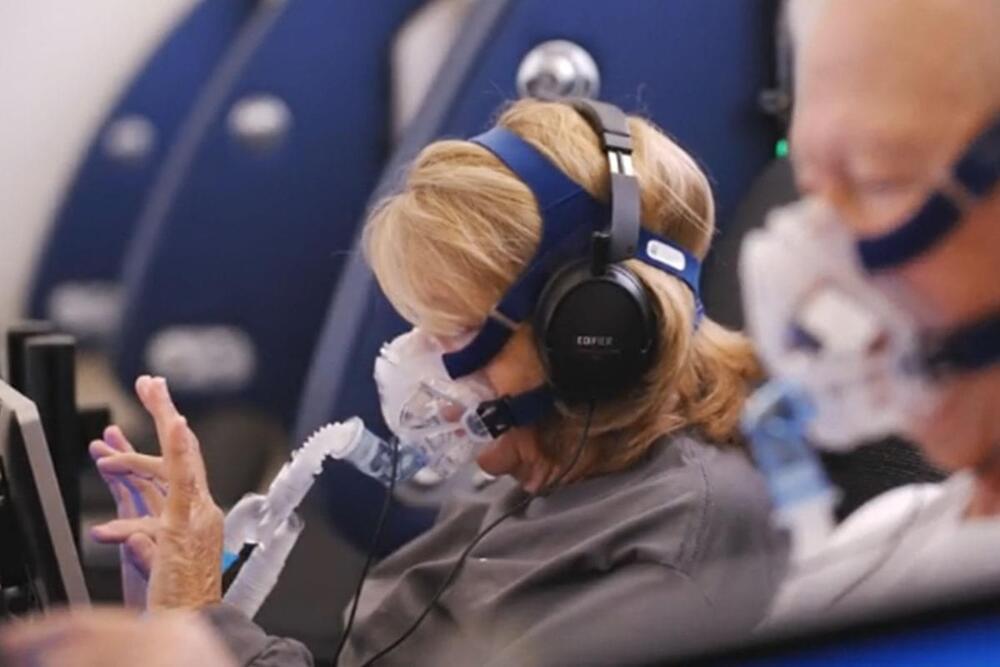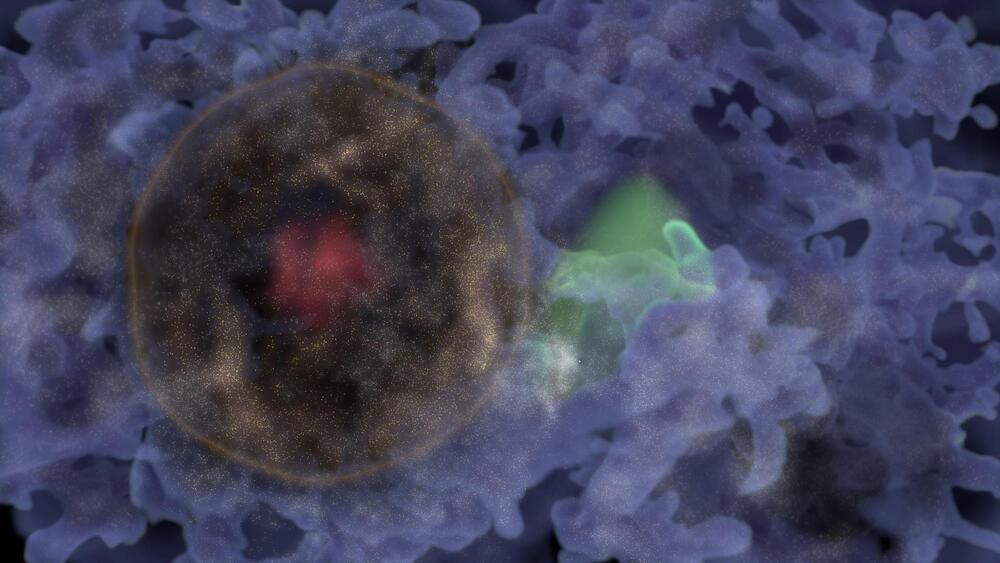The adoption of artificial intelligence (AI) and generative AI, such as ChatGPT, is becoming increasingly widespread. The impact of generative AI is predicted to be significant, offering efficiency and productivity enhancements across industries. However, as we enter a new phase in the technology’s lifecycle, it’s crucial to understand its limitations before fully integrating it into corporate tech stacks.
Large language model (LLM) generative AI, a powerful tool for content creation, holds transformative potential. But beneath its capabilities lies a critical concern: the potential biases ingrained within these AI systems. Addressing these biases is paramount to the responsible and equitable implementation of LLM-based technologies.
Prudent utilization of LLM generative AI demands an understanding of potential biases. Here are several biases that can emerge during the training and deployment of generative AI systems.







